Module 4#
Sequence Diagrams#
Example Code and its sequence diagram#
Public class A
{
Private BB myB = new BB();
Public void doOne()
{
myB.doTwo();
myB.doThree();
}
}
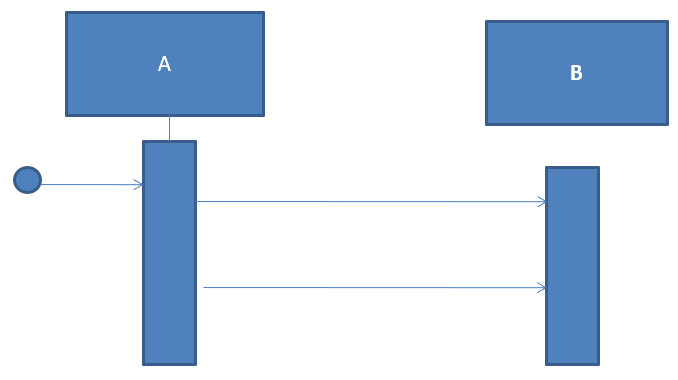
Sequence diagram for payment system#

Sequence vs Communication#
- UML tools usually emphasize sequence
- Easier to see call flow sequence—read from top to bottom
- Communication diagrams are more space-efficient
- Communication Diagrams expand top to bottom; Sequence Diagrams expand left to right
Common Notation#
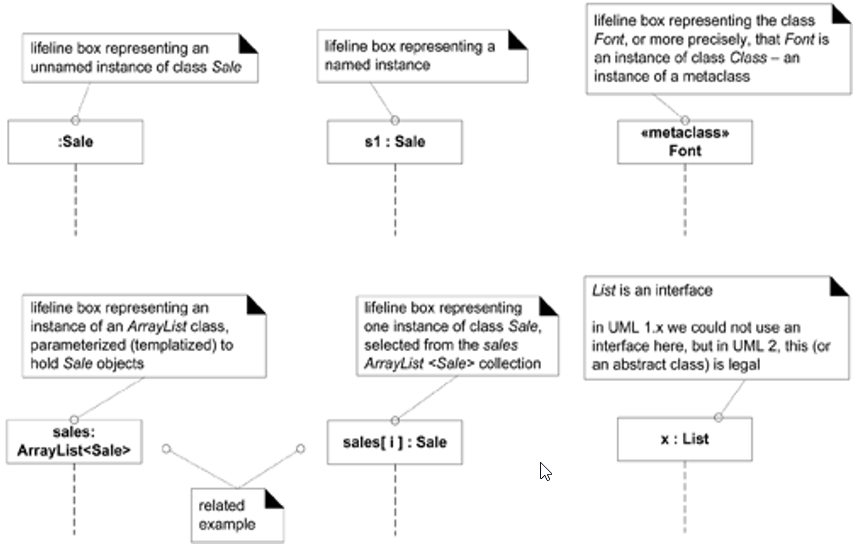
Singleton Objects#
- Only one instance of the class instantiated at any time

Lifeline Boxes#
- Lifeline is a dashed line below the object that creates a shortlived object
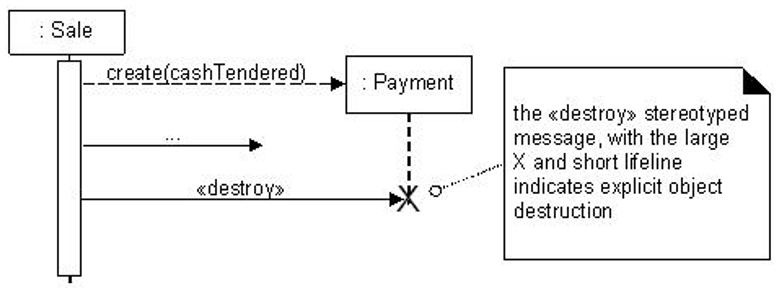
Messages#
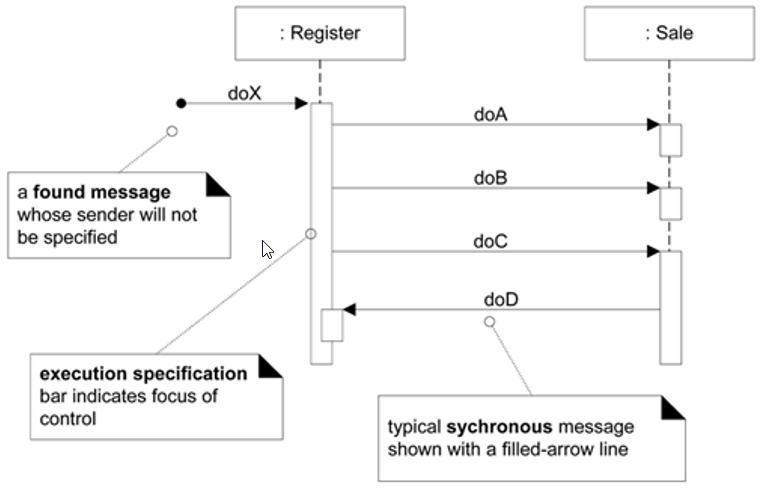
Reply or Returns#
- Use the message syntax
returnVar=Message(parameter) - Using a reply or return message at the end of an activation bar
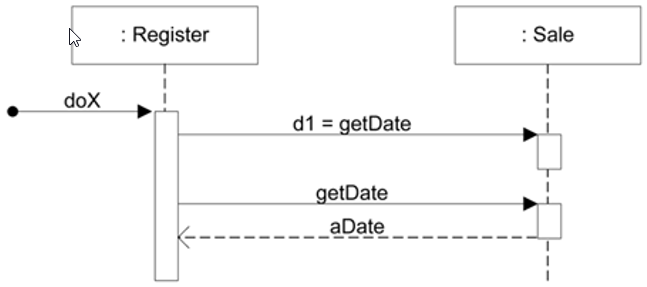
Messages to self#
- We use a nested activation bar to satisfy this
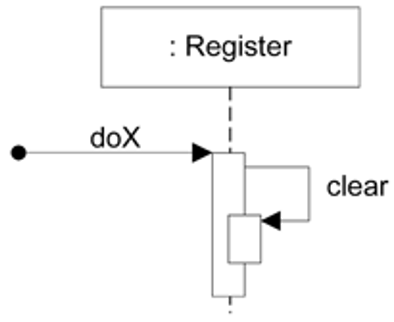
Condition and looping#
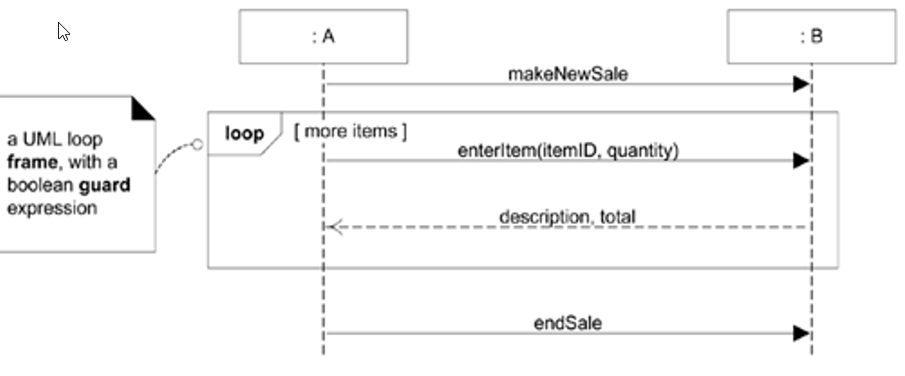
Other frame operators#
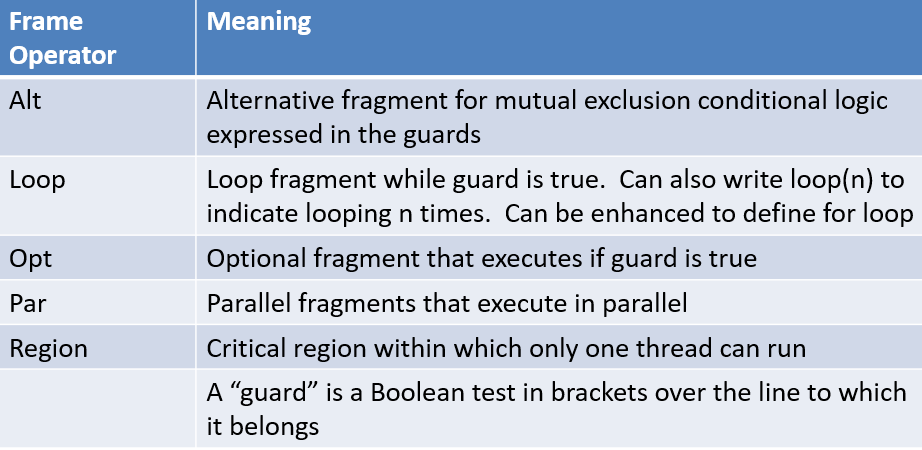
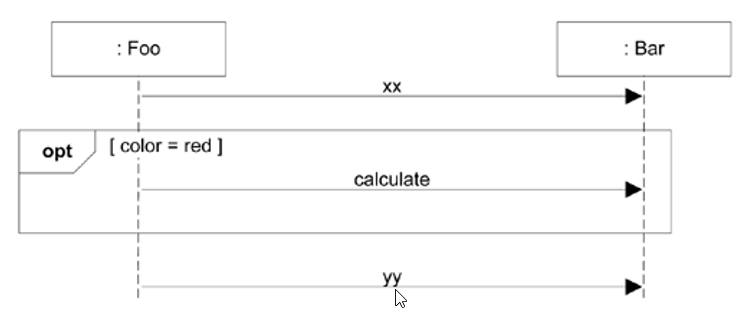
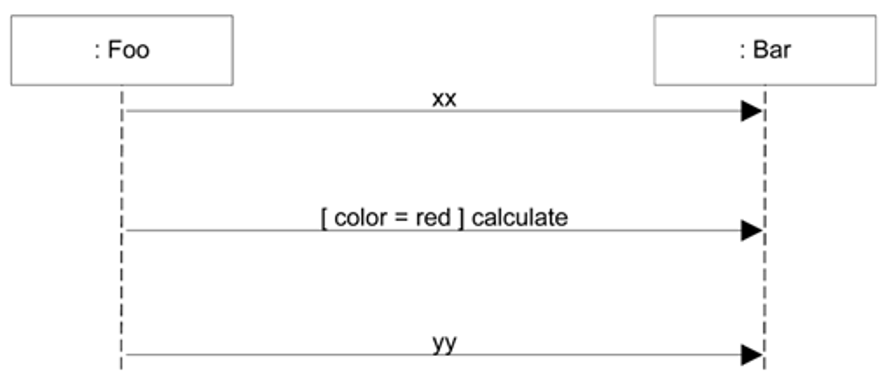
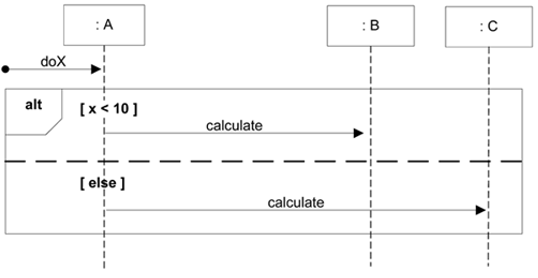
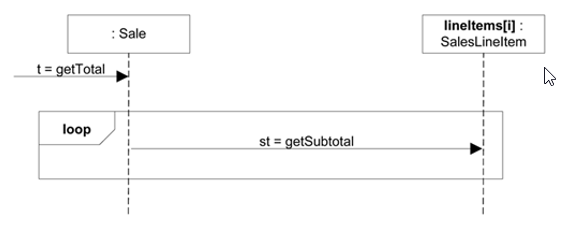
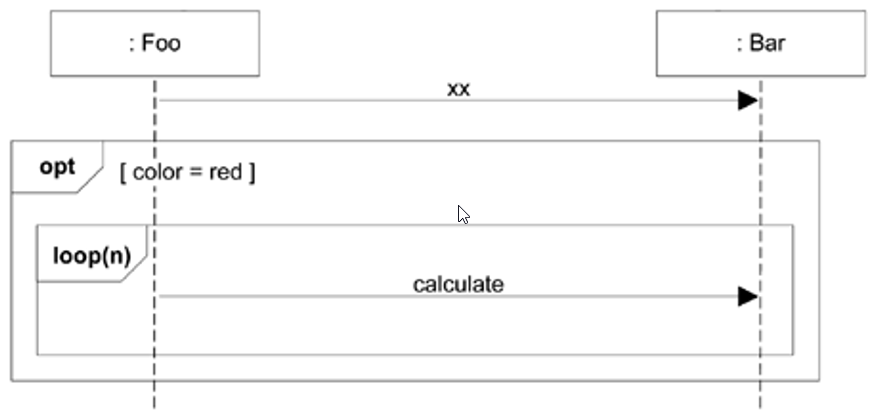
Relating interaction diagrams#
- Interaction occurances is a reference to an interaction within another interaction

Polymorphic Messages#
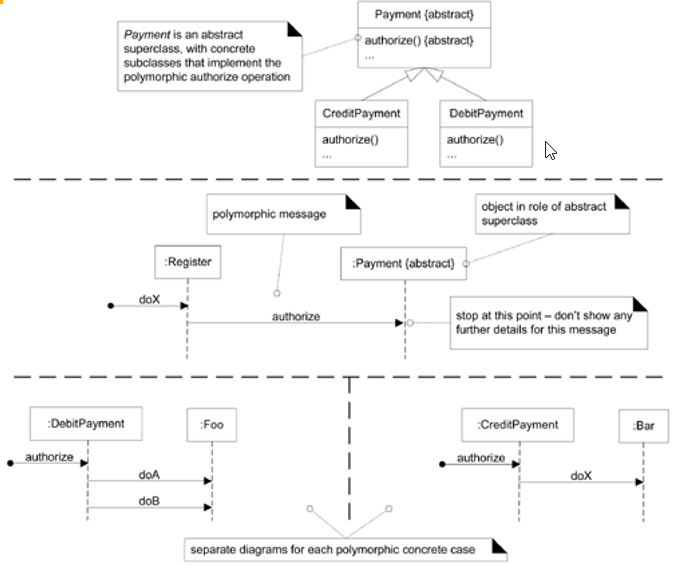
Communication Diagrams#
- Connection path between objects. Navigation and visibility. Instance of an association.
- Multiple messages and messages both ways

Creation of instances#
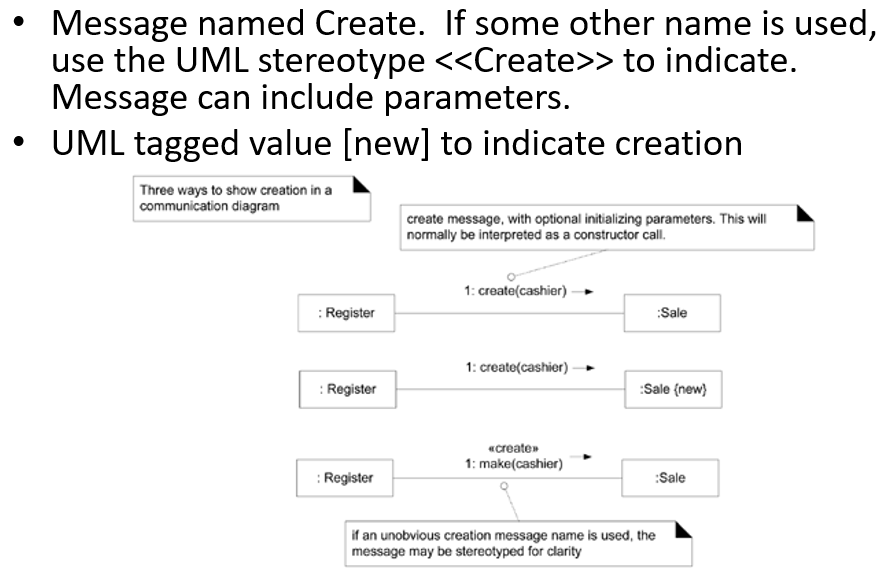
Sequencing#
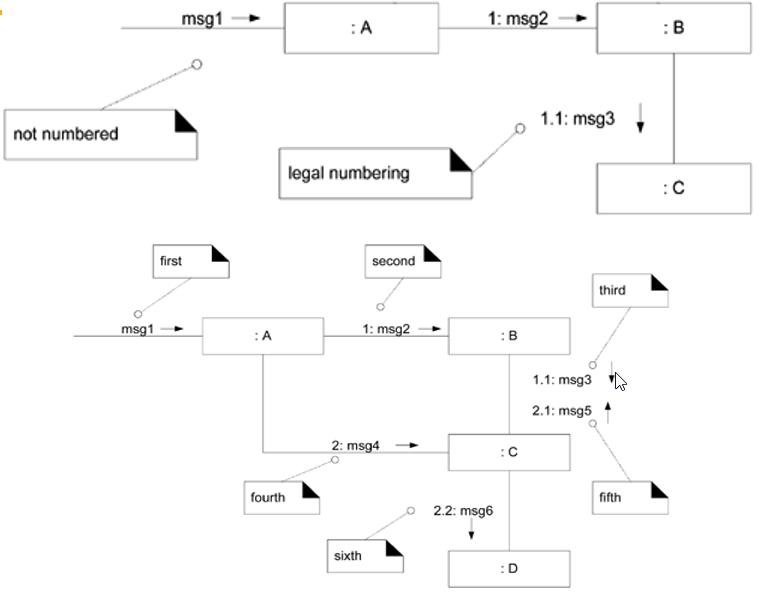
Conditional Messages#

Mutually Exclusive Conditions#
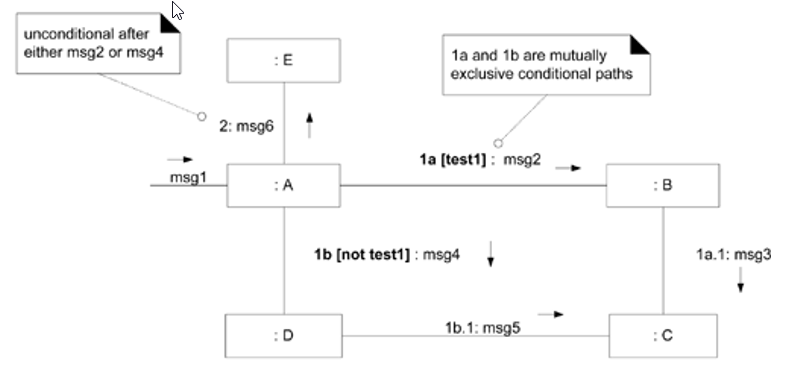
Iterations#

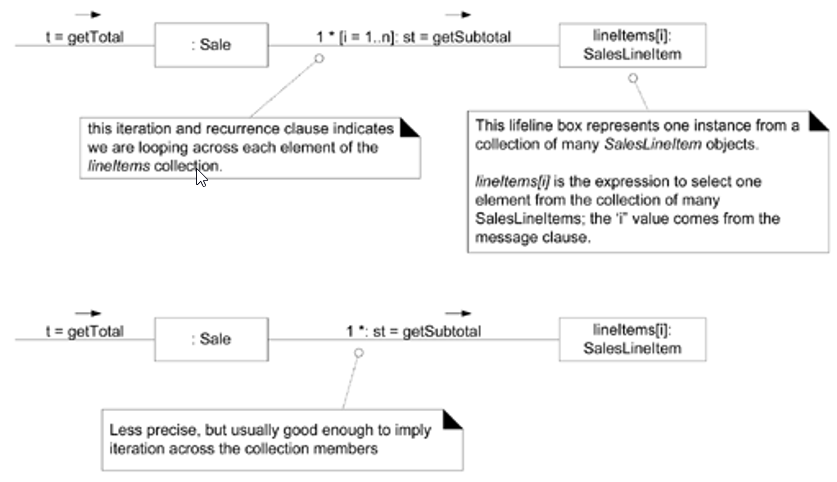
Design Class Diagrams#
- During analysis emphasize domain concepts
- During design shift to software artifacts
- UML has no explicit notation for DCDs
- Uniform UML notation supports smoother development from analysis to design
Domain model vs design class diagram#
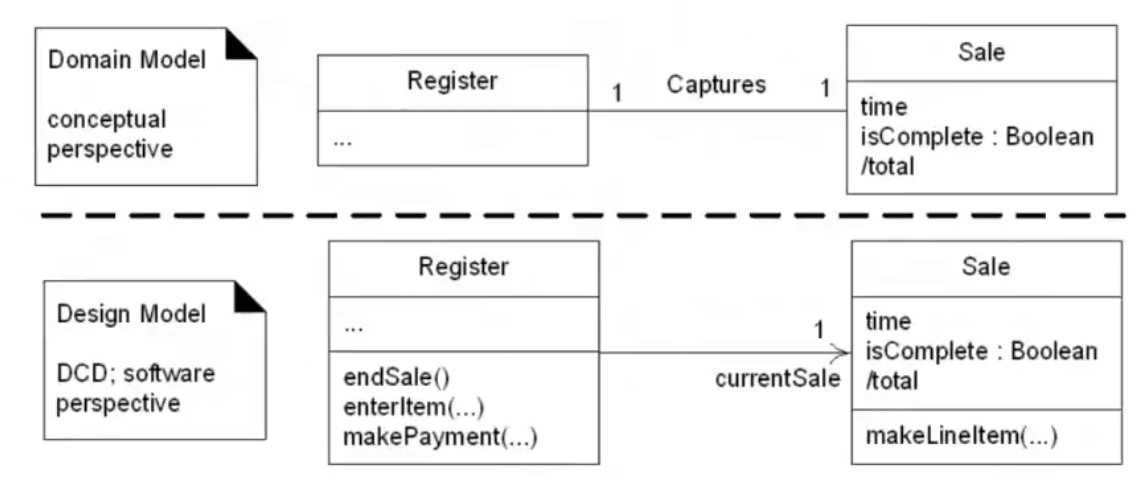
Developing DCD for POS DCD#
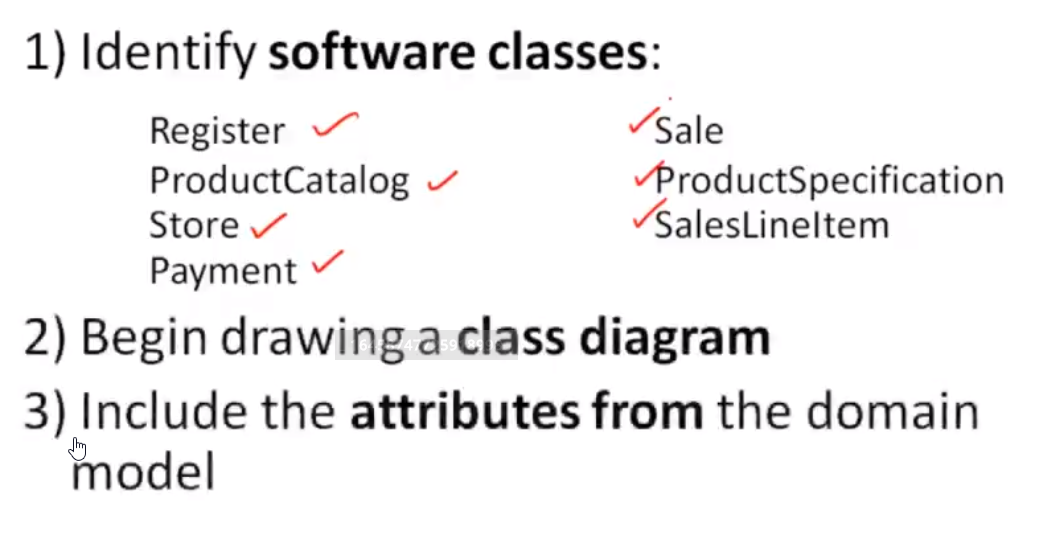
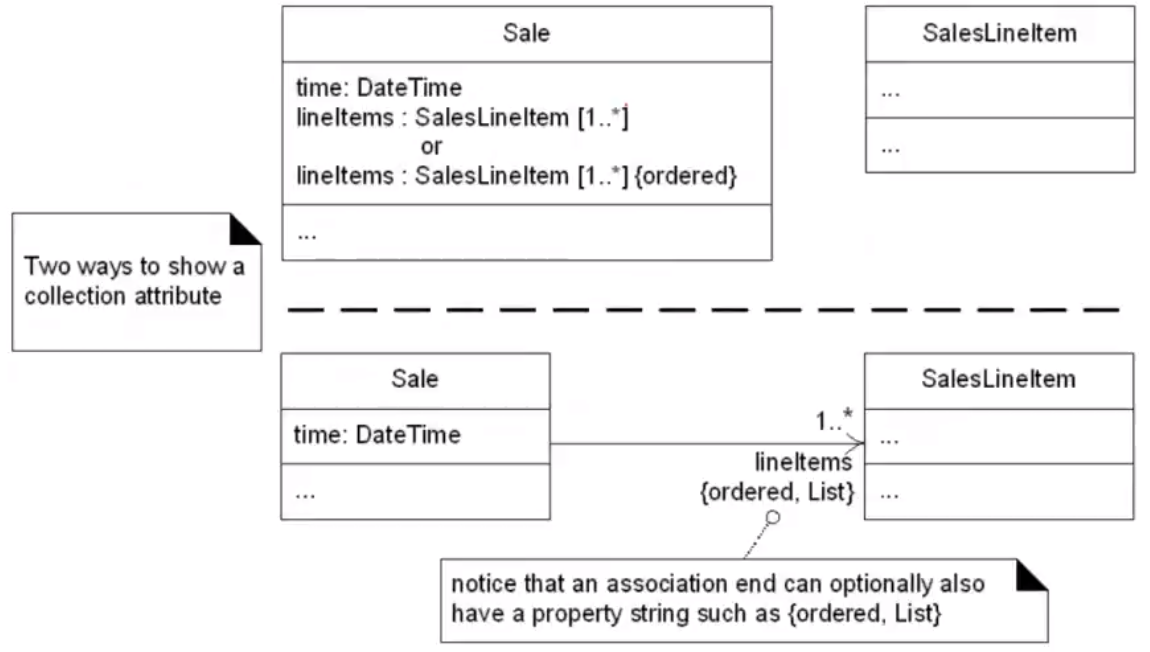
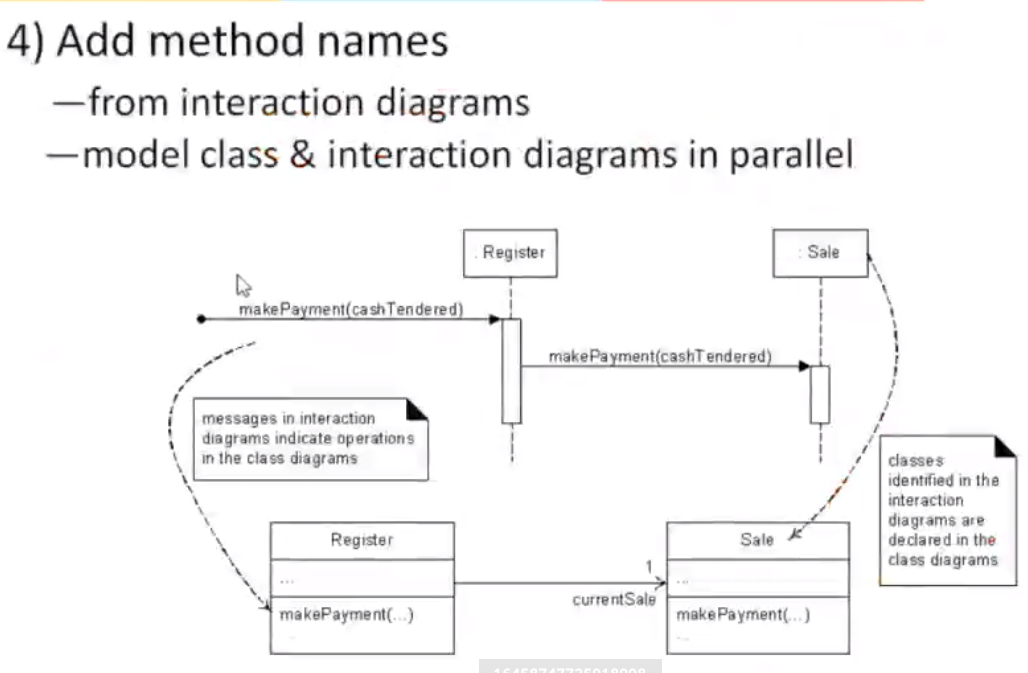
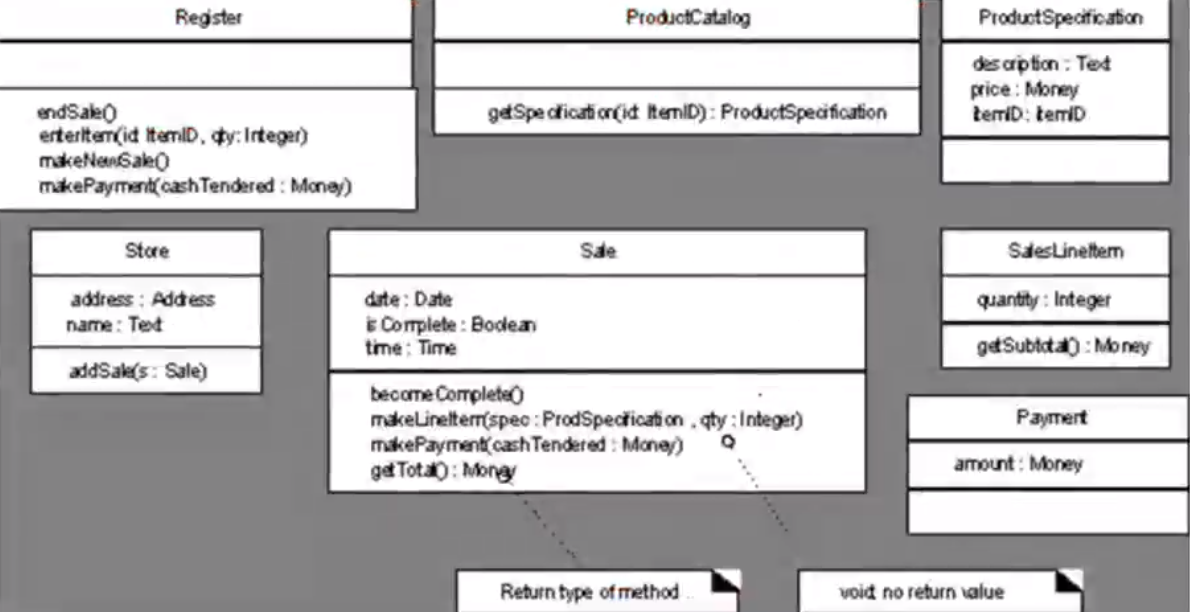

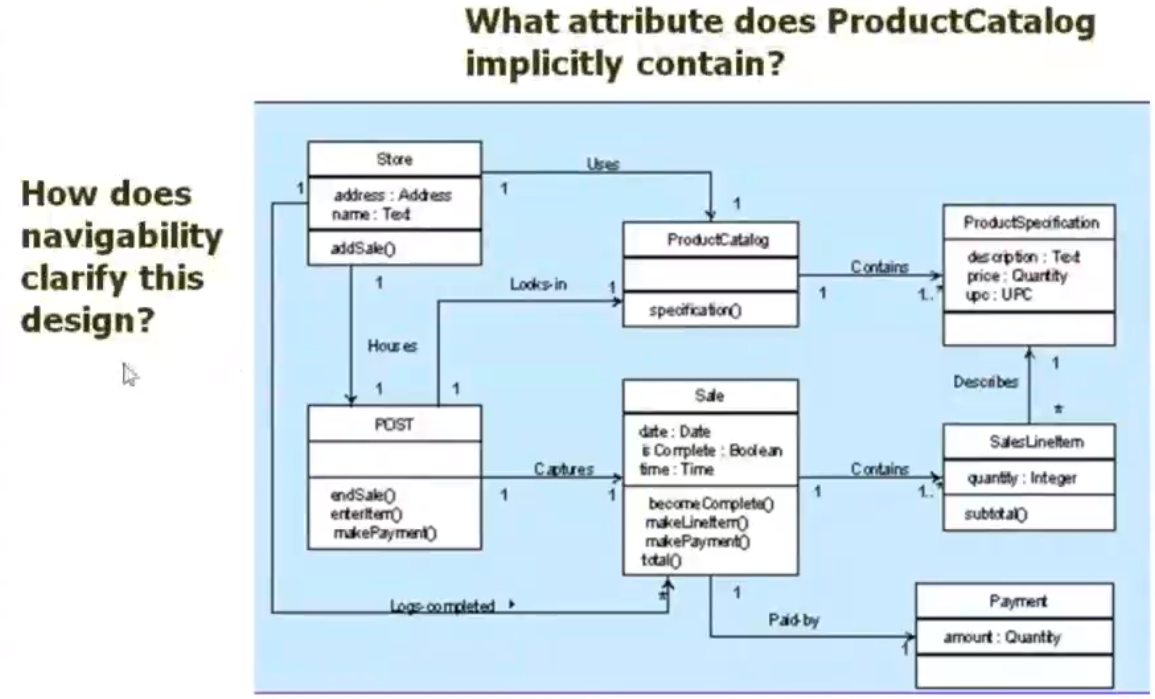
Adding dependencies:#
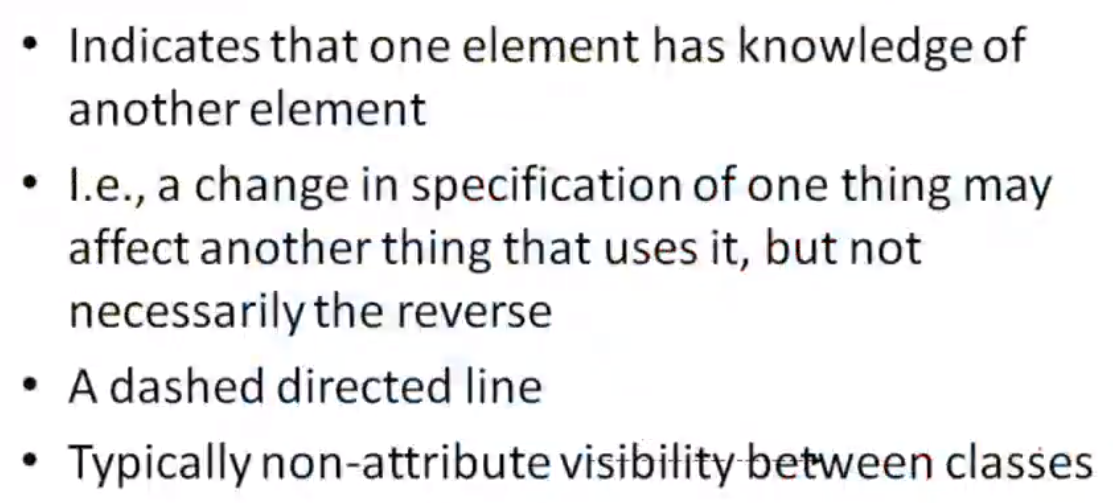
An instance of product description is used by a method in the sale class making sale dependent on the product description.:
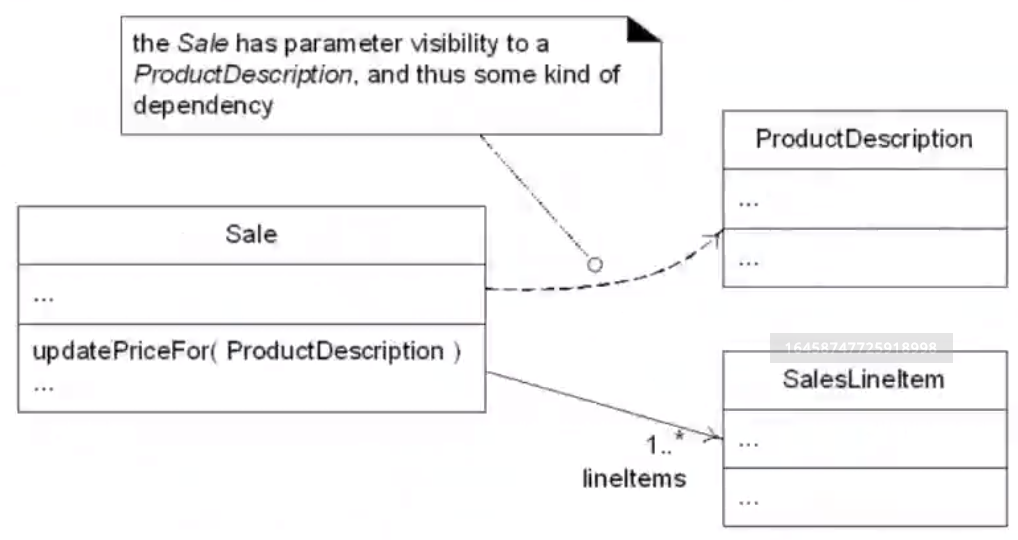
Composition (Whole part) relationship#

an aggregation is shown with a hollow diamond instead of a fully coloured one.
Association Classes#


Interfaces and template classes#
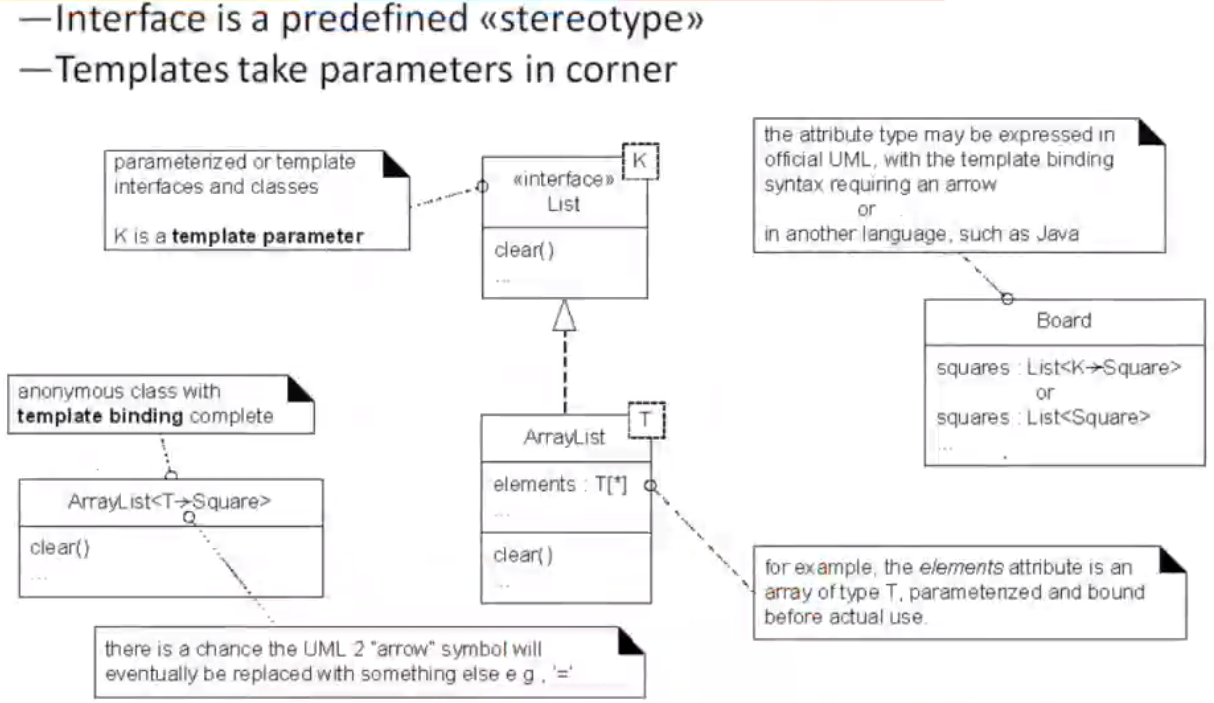
Tags: !OOADIndex